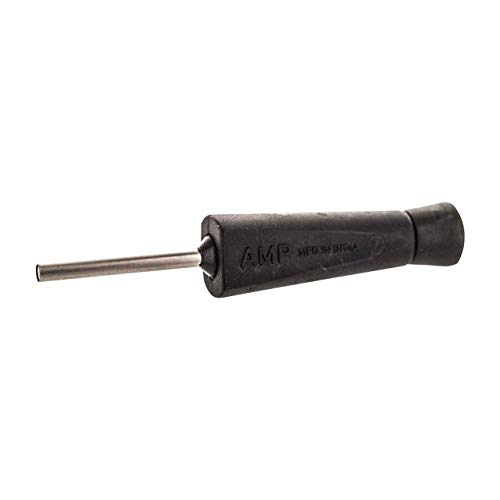GotTheBug
Well-known member
- Joined
- Sep 25, 2012
- Messages
- 373
I started with a small 10K necklace. I got a bit ahead of myself, not remembering it has to be 6K for inquarting to work.
So, direct to nitric, not much reaction, as what should have been expected.
Filtered off nitric solution, positive for silver, go figure.
So the rest in hot AR, good results and have the gold powder sitting in my special jar.
Now the question, I have some interesting stuff left that will not react in boiling AR.
Thoughts?
The following pictures are the initial leftover, and then the same after a boil in hot AR.
Thanks as always,
Paul.


So, direct to nitric, not much reaction, as what should have been expected.
Filtered off nitric solution, positive for silver, go figure.
So the rest in hot AR, good results and have the gold powder sitting in my special jar.
Now the question, I have some interesting stuff left that will not react in boiling AR.
Thoughts?
The following pictures are the initial leftover, and then the same after a boil in hot AR.
Thanks as always,
Paul.


Last edited by a moderator:
















































